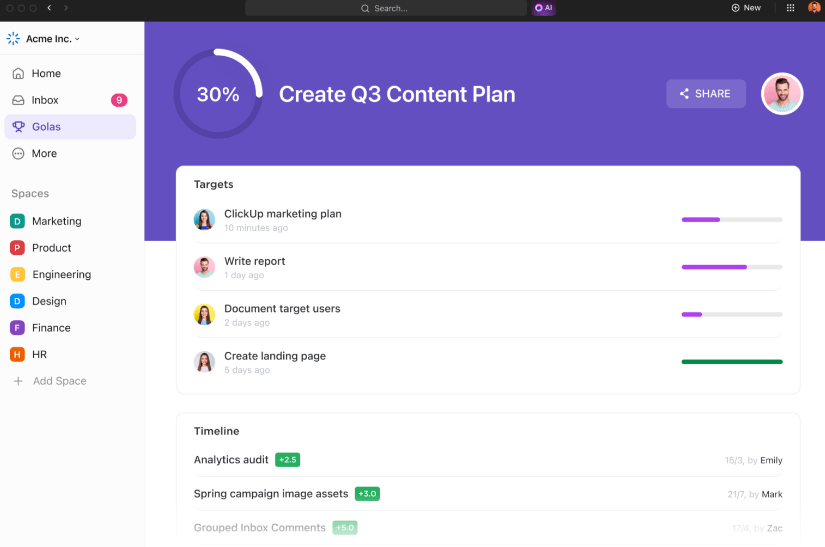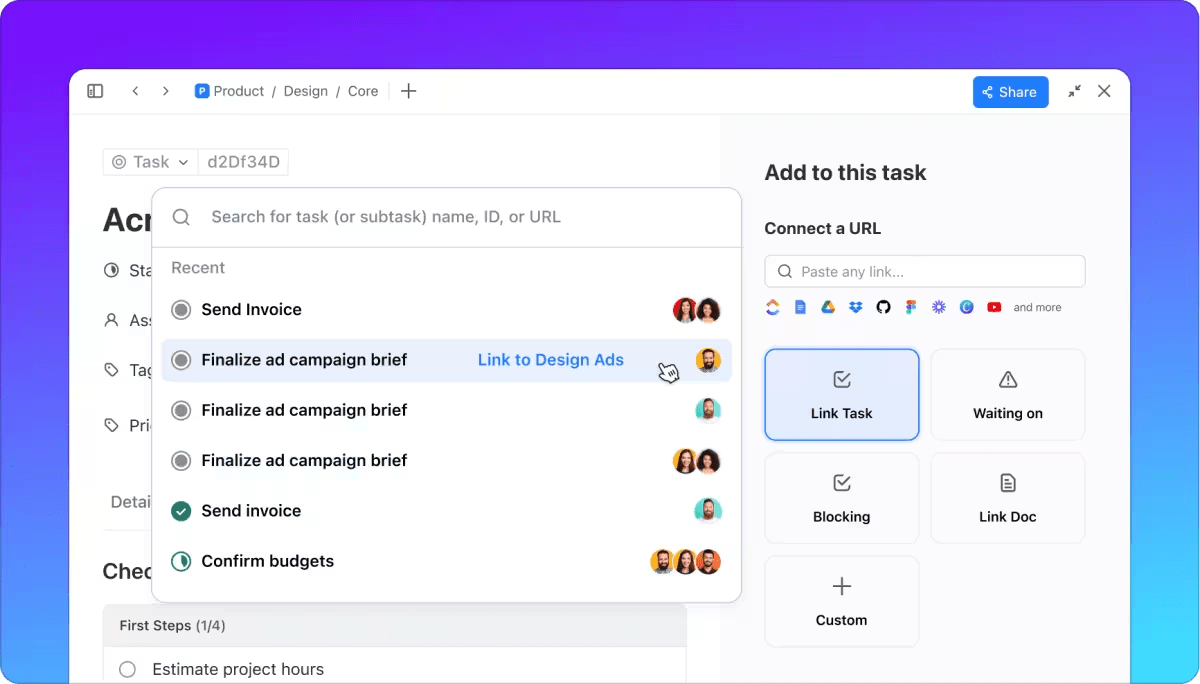How To Use a Situational Leadership Style at Work

Sorry, there were no results found for “”
Sorry, there were no results found for “”
Sorry, there were no results found for “”
If your actions create a legacy that inspires others to dream more, learn more, do more, and become more, then you are an excellent leader.
Country music may not be the first place you think to look when searching for shining examples of leadership. Still, Dolly Parton, an 11-time Grammy Award winner, personifies the idea of an inspiring leader.
Parton champions the idea that people should be free to explore, create, and innovate. Her inclusive approach to decision-making establishes a sense of belonging and respect within her music-writing and community-building teams.
Her leadership story makes it clear that a one-size-fits-all leadership strategy is as outdated as a typewriter today. In other words, what is needed is situational leadership—molding your leadership style according to the demands of your people and their situation.
So, what is situational leadership? And how can you adopt it to your advantage?
Situational leadership is a theory developed by Dr. Paul Hersey and Dr. Ken Blanchard in their book Management of Organizational Behavior. It’s a situational approach that adapts leadership styles based on a team’s specific needs.
The Hersey Blanchard Model of situational leadership states that there is no single best leadership style. Leaders should adapt based on their team’s maturity, skills, and abilities.
The situational leadership model often uses two dimensions: Task Behavior (direction) and Relationship Behavior (closeness). Leaders adjust their approach, offering more guidance to less mature teams and more autonomy to experienced ones.
Situational leadership emphasizes that effective leadership depends on factors like your team’s abilities, motivation, and task complexity. There are competing theories that describe the concept—take a look:
By understanding these approaches, you can better adapt your leadership style to meet your team’s unique needs.
To be a successful situational leader, you must have a unique blend of qualities. You need to be adaptable, adjusting your style to fit the situation. You must also be empathetic while understanding your team’s needs and flexible in exploring new approaches. Clear communication is essential. Ultimately, you need to assess your team and tailor your management style accordingly.
The situational approach consists of four leadership styles that you can switch between depending on your team’s needs. Each management style serves a different function, adapting to your team’s needs for effective leadership.
Again, remember: depending on what your team is going through and how much or how little experience they have, you might have to switch between these styles—depending on the situation.
Situational leadership is suited to various work settings and for leaders of all stages, allowing you to adapt your style to fit the context. Here’s when to use each leadership style:
Project management software can help situational leaders tailor their approach to the specific needs of their team. They can tackle the situation at hand by tracking team progress, identifying areas for improvement, and providing the necessary support and guidance.
For example, ClickUp is a versatile project management tool that can help situational leaders adapt to their team’s needs by providing features that track progress, set goals, and facilitate collaboration. Here’s how:
With its wide range of features, ClickUp allows you to tailor your approach to each team member’s needs and the specific situation at hand. Let’s explore some of these key features in detail.
ClickUp Dashboards is a powerful tool that supports situational leadership. Create personalized views like Kanban boards, lists, or calendars to visualize your team’s work and track progress. Use it to monitor key metrics and identify areas for improvement.

For example, if you’re working with a new team member, you might create a Kanban board with clear stages and deadlines to provide a visual representation of their tasks and expectations.
ClickUp Goals is invaluable for implementing situational leadership. By setting SMART goals for your team members, you can further fine-tune your leadership approach to provide the support and guidance they need.

The Goal Folders feature allows you to organize goals into categories, such as sprint cycles, OKRs, weekly employee scorecards, or other relevant team objectives.
With clear timelines, measurable targets, and automatic progress tracking for each team member, you can effectively monitor team performance and embody strong team leadership in the bargain.

ClickUp Tasks is a powerful tool for delegating tasks based on each team member’s strengths and development areas. Assigning ownership of these tasks clearly ensures that team members have accountability, thrive, and reach their full potential while also meeting your goals efficiently.

ClickUp Automation handles repetitive tasks like sending reminders or updating task statuses. Automating regular but monotonous tasks can free up your time to focus on coaching, mentoring, and building solid relationships with your team members.

Communication tools such as ClickUp Chat and ClickUp Assigned Comments allow you to provide immediate feedback, answer questions, and offer additional support, ensuring your team has the resources it needs to thrive.
Try the following features that can oil the wheels of communication between team members:
These communication channels are essential for implementing situational leadership, as they enable you to quickly adapt your leadership approach based on specific situations your team members are facing. Seamless communication can also have a marked positive impact on team dynamics.
Finally, ClickUp’s Team Management Plan Template is a multi-faceted solution that can help situational leaders clearly define roles, assign tasks, and ensure everyone is on the same page.
Some of the key benefits of this template include:
Many successful political and business leaders have employed situational leadership throughout history. Let’s look at two prominent examples: Steve Jobs and Jacinda Ardern.
Steve Jobs, the co-founder of Apple, was another influential figure who employed situational leadership styles to good effect.
He was known for his demanding and charismatic personality, but he also demonstrated a remarkable ability to adapt his leadership style to the needs of his team and the company.
Jacinda Ardern served as the prime minister of New Zealand during the COVID-19 pandemic, a most trying time for countries worldwide. Her leadership during this difficult time is often cited as an example of stellar crisis leadership.
By adapting to a situation and making people management your Number One priority, these leaders made the best of tough situations and came out on top.
Also Read: How Emergent Leadership Helps Teams Grow
While situational leadership offers a flexible and adaptable approach to management, it’s not without its critics.
Some argue that the theory can be overly simplistic and fail to capture the nuances of real-world leadership. Also, there are specific contexts where situational leadership may not be the most effective approach.
Critics of situational leadership often point to these limitations:
Here are a few scenarios where this leadership style might be less effective:
In industries such as healthcare, finance, or aviation, where compliance with strict regulations and protocols is mandatory, leaders often need to follow a fixed, authoritative approach to ensure safety and regulatory adherence.
Situational leadership’s flexibility may lead to inconsistent decision-making, compromising adherence to critical standards. For example, during a medical emergency, a decisive and directive leadership approach is more important in a hospital setting than adapting to individual team members’ opinions.
Leaders must act swiftly and decisively in times of crisis or significant instability, such as natural disasters, business failures, or economic downturns. There is often no time to evaluate team members’ maturity levels or competence levels to adjust the leadership style to individual requirements, particularly for those leading cross-functional teams.
A robust and authoritative approach that provides clear direction may be more suitable than situational leadership, which can slow the decision-making processes. For example, during a corporate financial collapse, executives must make fast decisions without consulting every level of the organization or adjusting styles based on team needs.
Situational leadership might also be less effective in cultures or work environments (think army) that value hierarchical leadership approaches. In some regions or organizations with a strong power distance, employees might expect clear, directive leadership and respond poorly to frequent changes in leadership styles.
Situational leadership’s flexible approach could cause confusion or even resistance in environments where authority and direction are valued over adaptability.
Here are some key benefits of adopting a situational leadership model.
By adjusting your leadership style to meet the needs of each team member, you can help boost productivity. When your team feels supported with the right level of guidance, they’ll be more motivated to reach their goals. By tailoring their approach to the specific needs of their team members, situational leaders can optimize performance and productivity.
Situational leadership makes your team more adaptable. By shifting your approach as circumstances change, you help your team stay agile in fast-paced environments, allowing you to tackle new challenges effectively.
When you show a clear understanding of your team’s needs and offer the right support, employees feel valued. This leads to higher engagement, greater loyalty, and a more motivated team. In fact, organizations with high employee engagement see a 59% lower turnover rate.
You’ll also encourage team members to grow by offering learning opportunities. This investment not only benefits their careers but also improves overall performance in the long term.
A situational leadership style can build a more productive, engaged, and resilient team and, ultimately, a more efficient work environment. The key is to assess your team members’ strengths and needs and adjust your approach accordingly.
Using a project management tool like ClickUp to implement situational leadership effectively can make your job easier and help your team focus on what they can do best. ClickUp’s customizable workflows and task management features can help you track team progress, identify areas for improvement, and provide them with the necessary support and guidance.
Sign up for a free ClickUp account today and elevate your situational management style!
© 2025 ClickUp